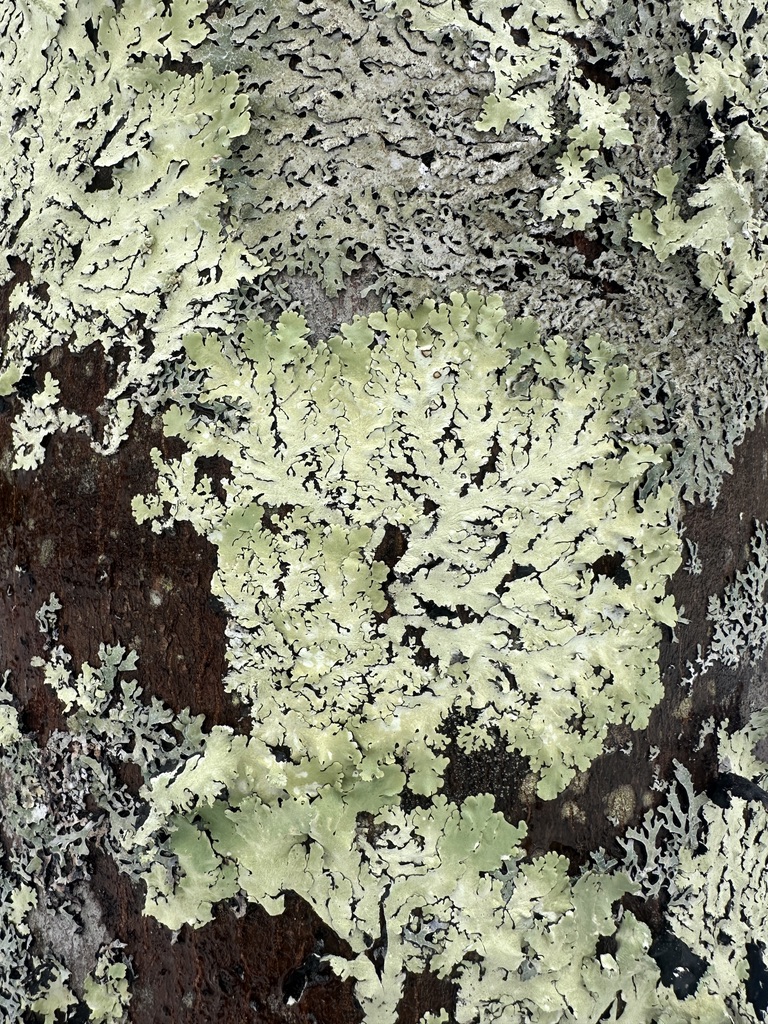March 6, 2025
“Time spent among trees is never wasted time.” Katrina Mayer
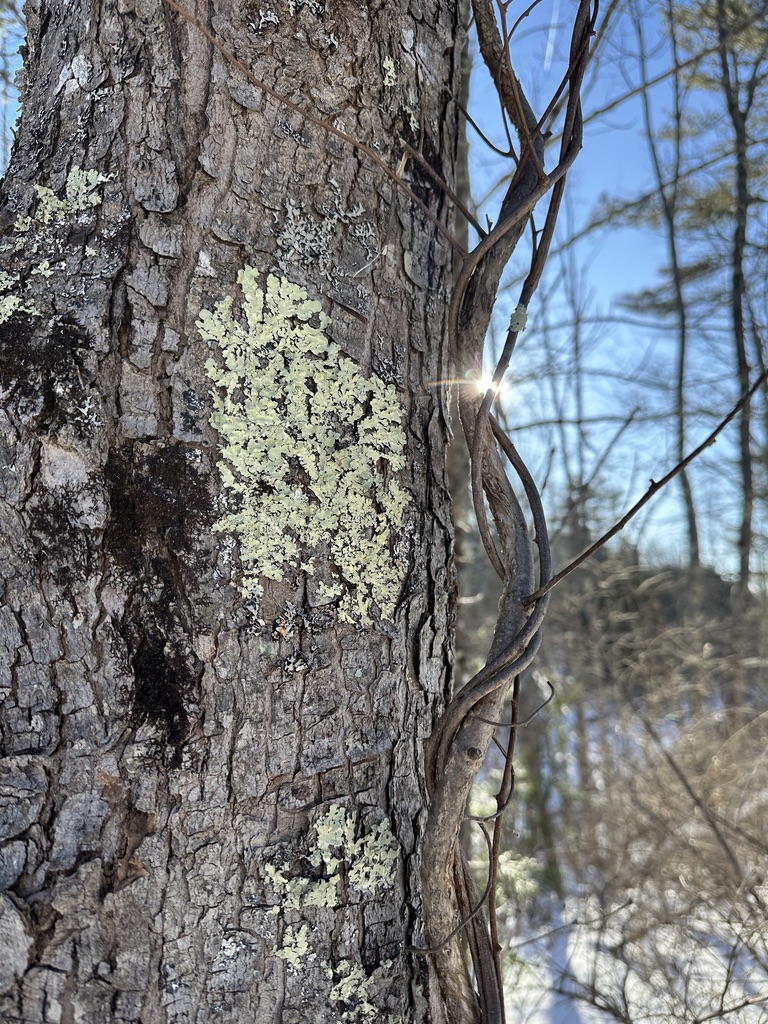
Through the Trees
In the Maine Master Naturalist Program, February was about trees. We looked closely at twigs, and how to identify them, learned about bark, ecosystems, taxonomy, and keys.
Bark
Tree bark has ridges and grooves, long strips, scales, it can be covered in lichen and moss. Bark can be curled or have horizontal lines, and be as varied as you can imagine. I’m still learning to ID trees by the bark. All of the textures and patterns are so fascinating to me. Here’s a sampling of some bark below.
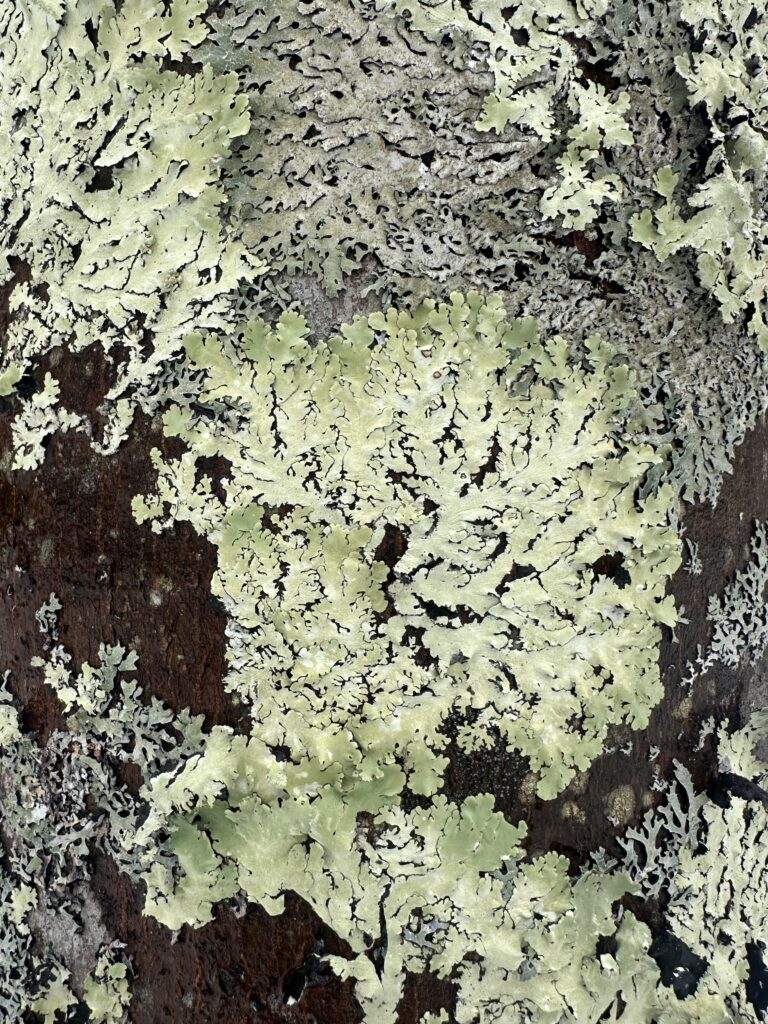
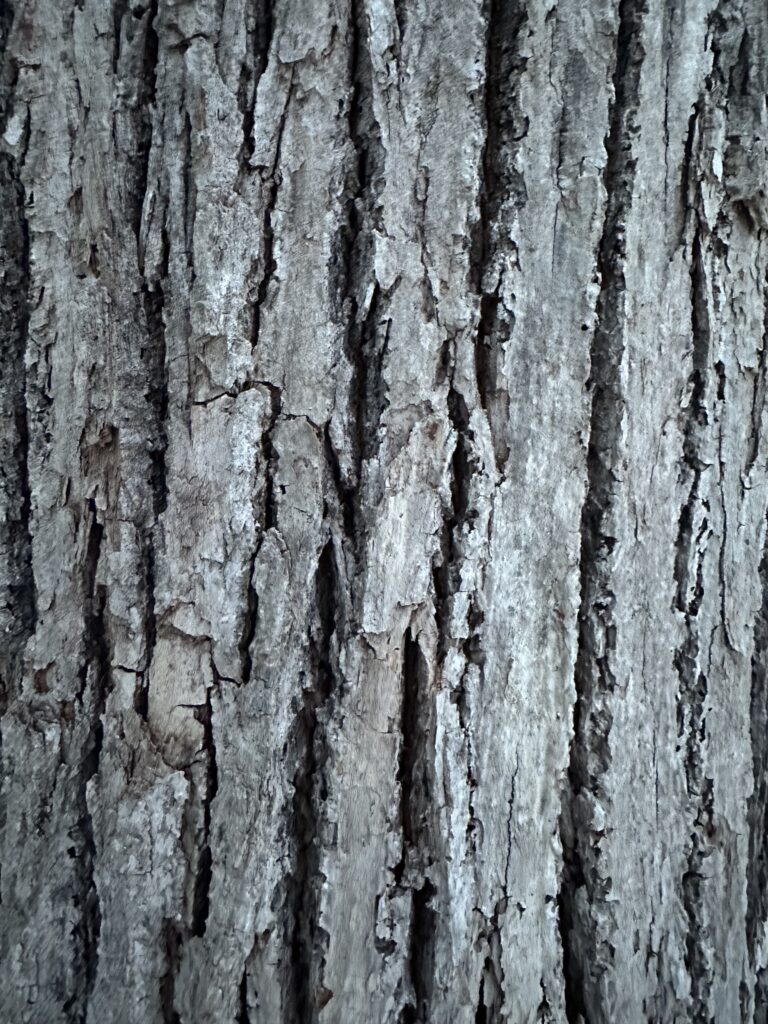
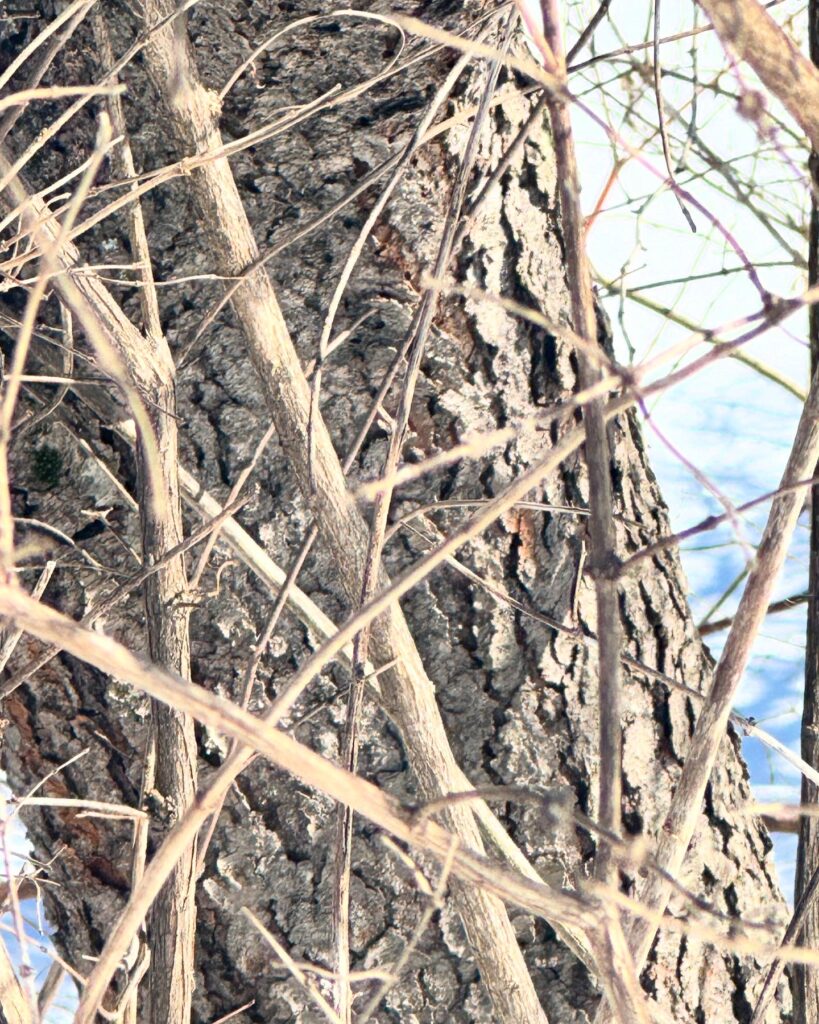
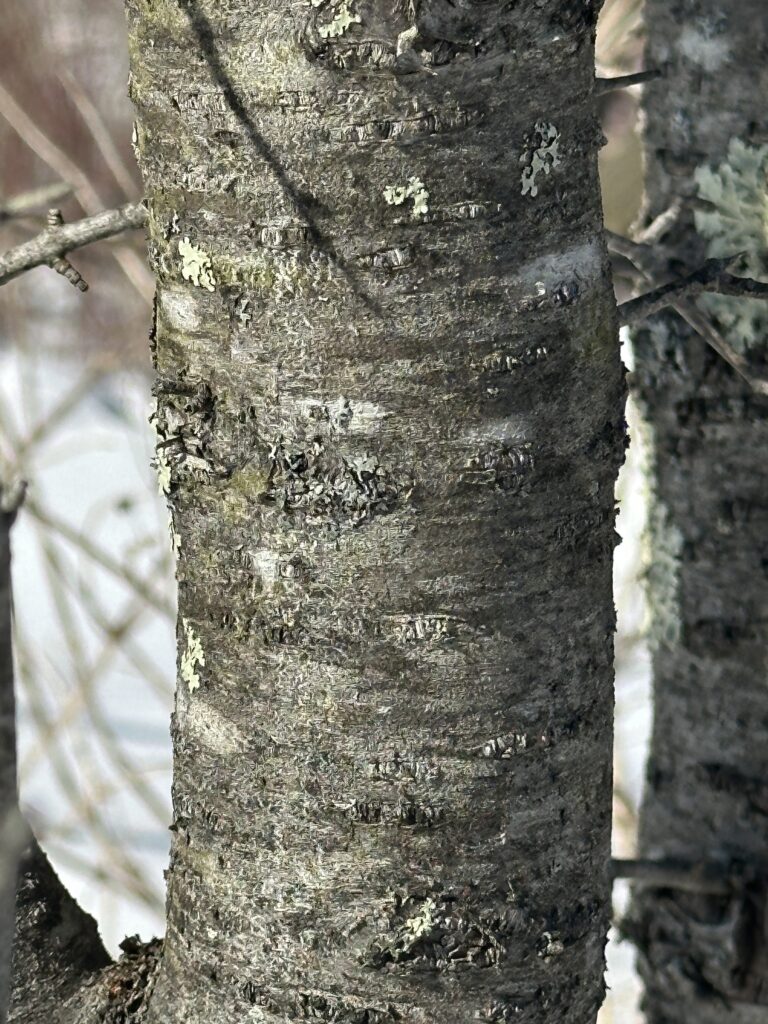
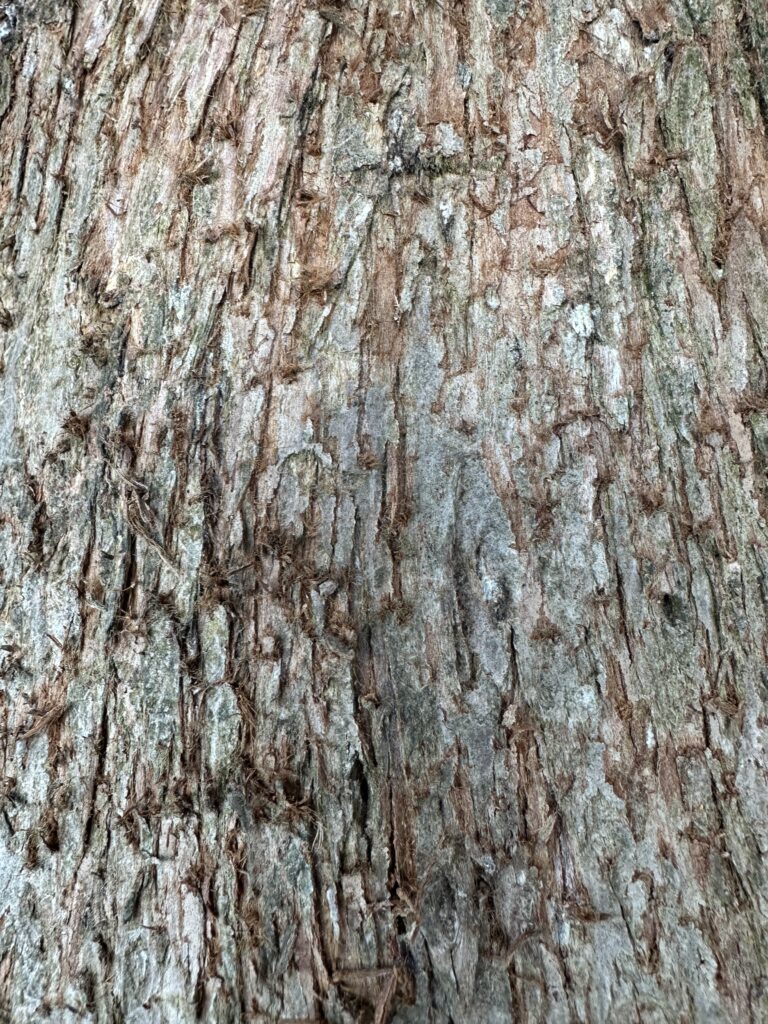
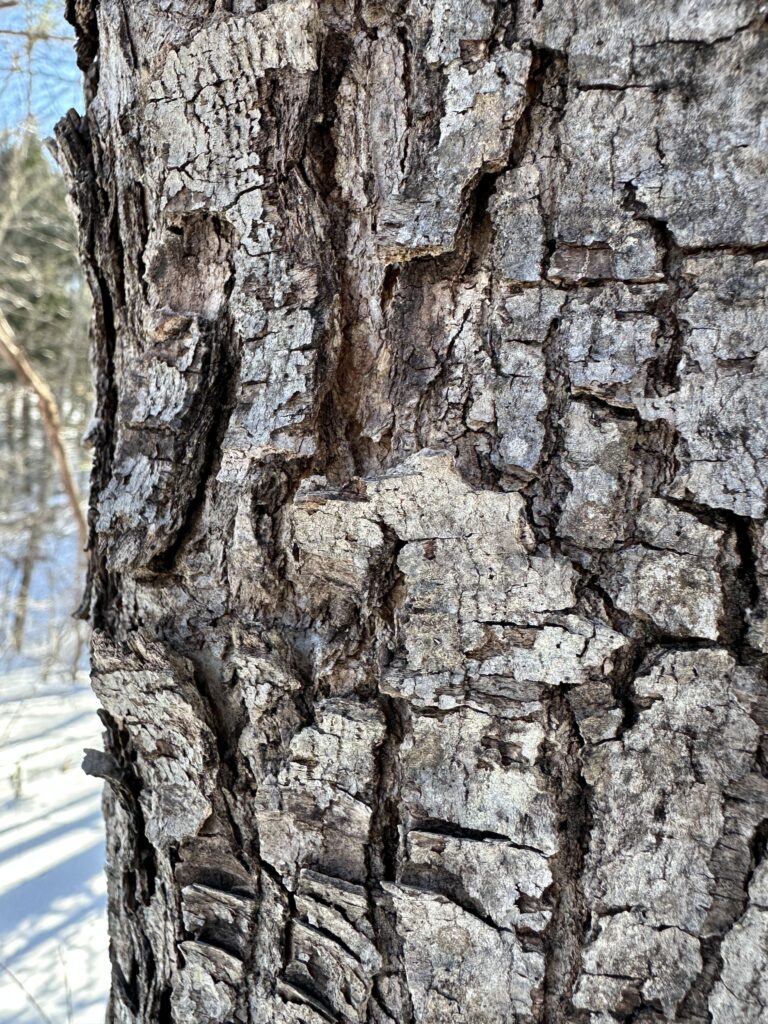
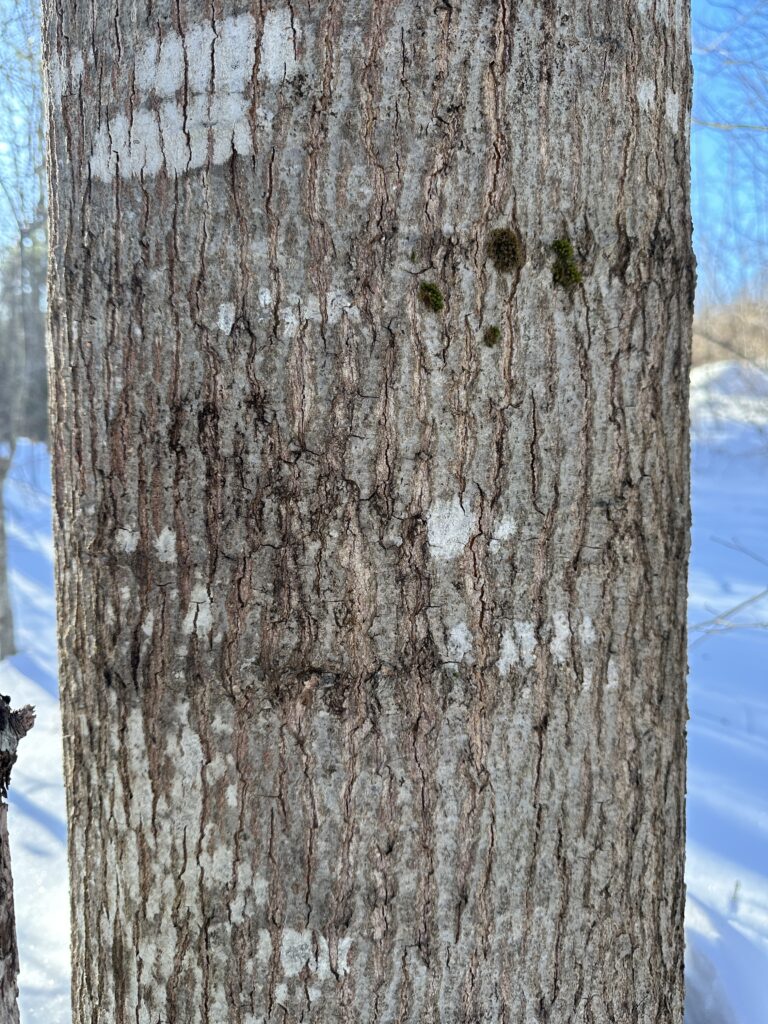
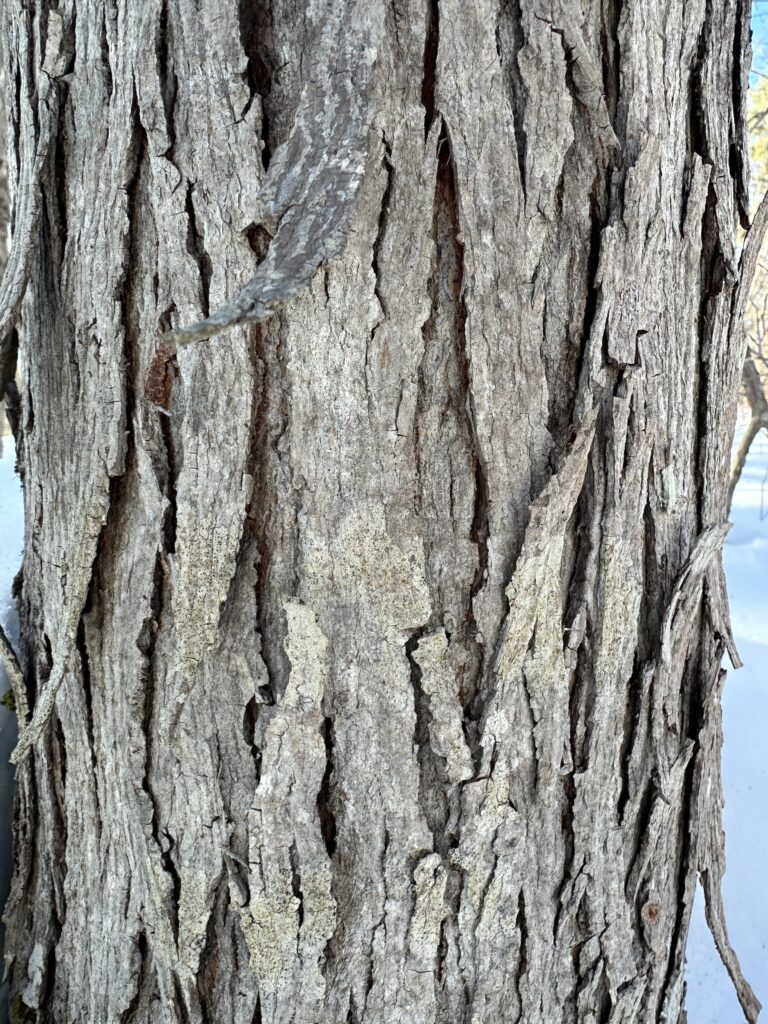
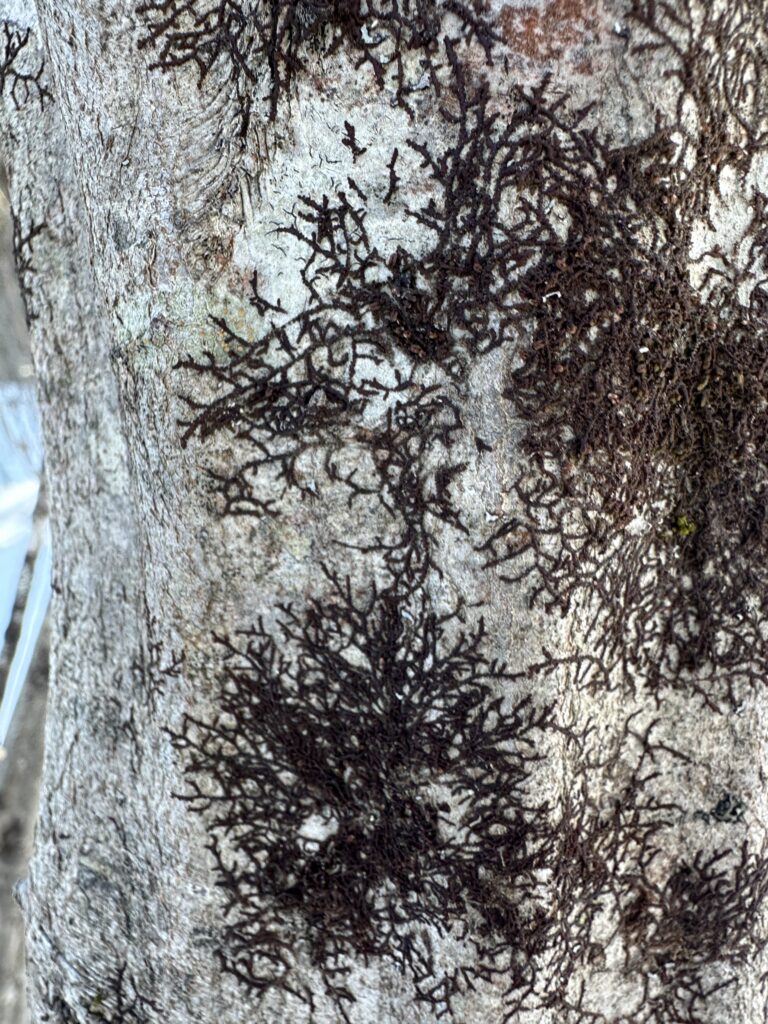
Twigs
In addition to bark, we took at close look at twigs. I learned terminology like terminal bud, lenticels, pith, bud scar, growth scar, bud scales, bundle scars. I drew several of the twigs, and will be finishing up a tree guide before March 12th, but for now, here’s a few pages.
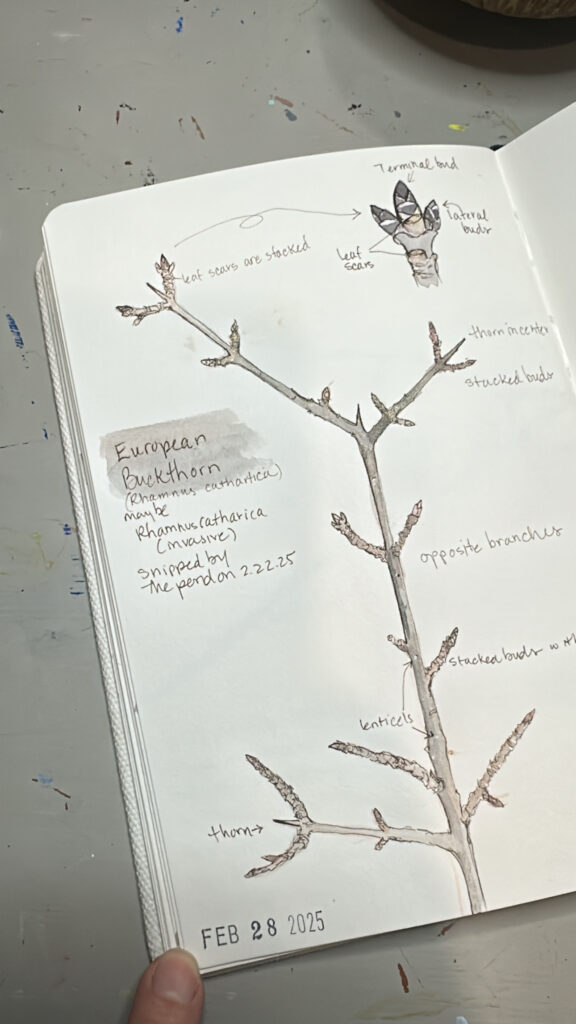
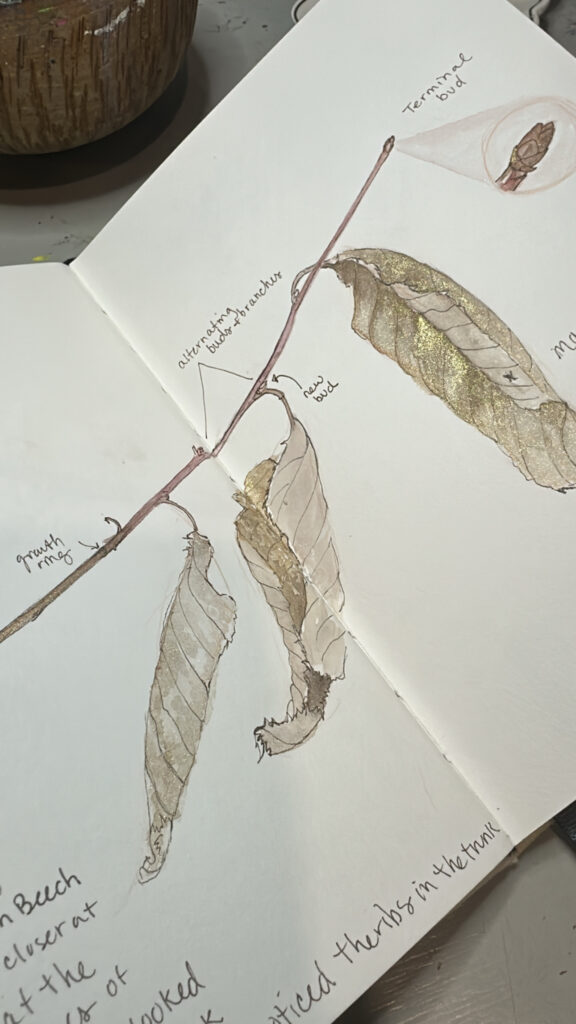
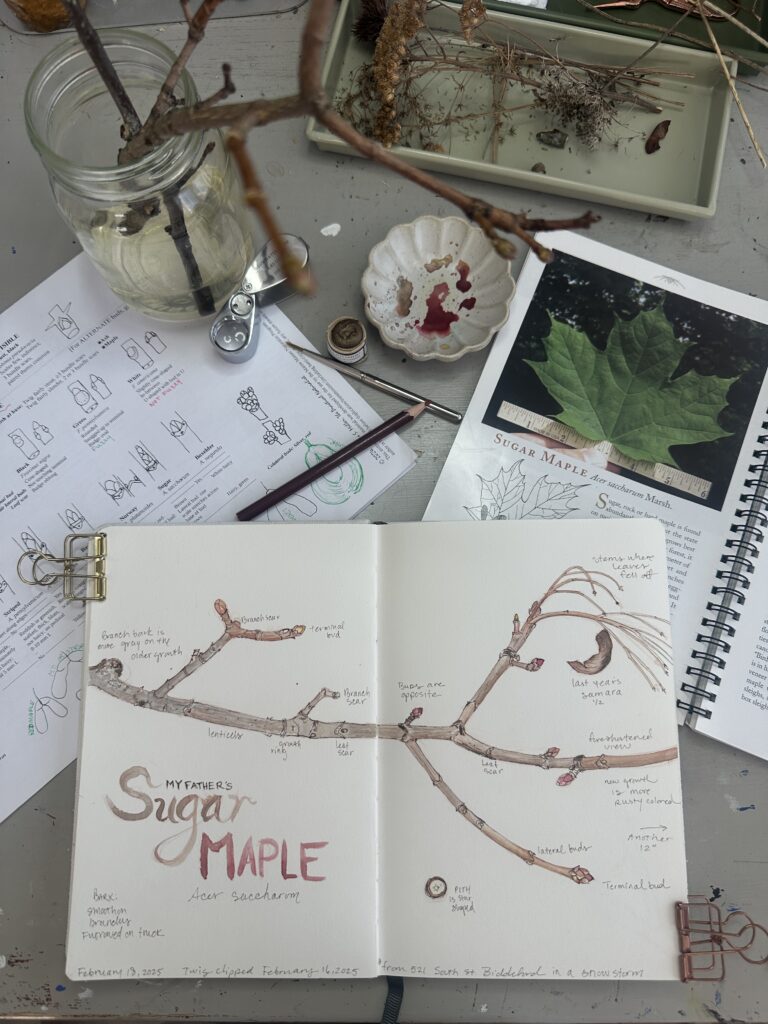
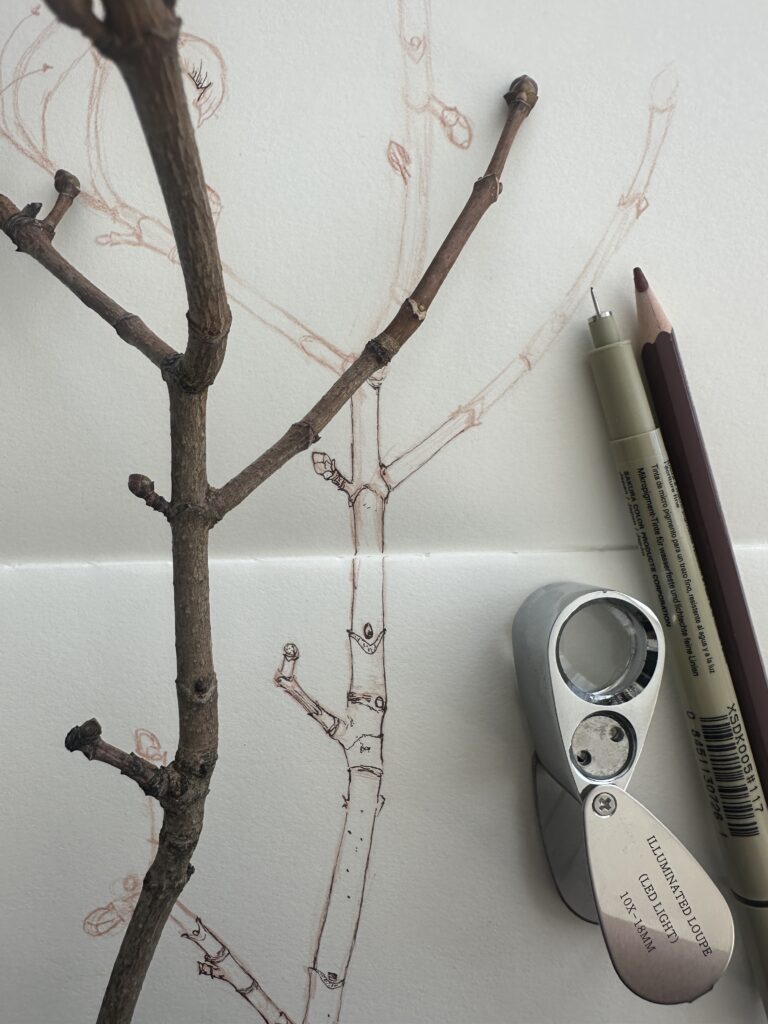
Winter Tracking
We also continued winter tracking. I saw tracks from mice, red fox, white-tailed deer, feral cats, New England cottontail, weasel, porcupine, songbirds, wild turkey, bobcat, and more.
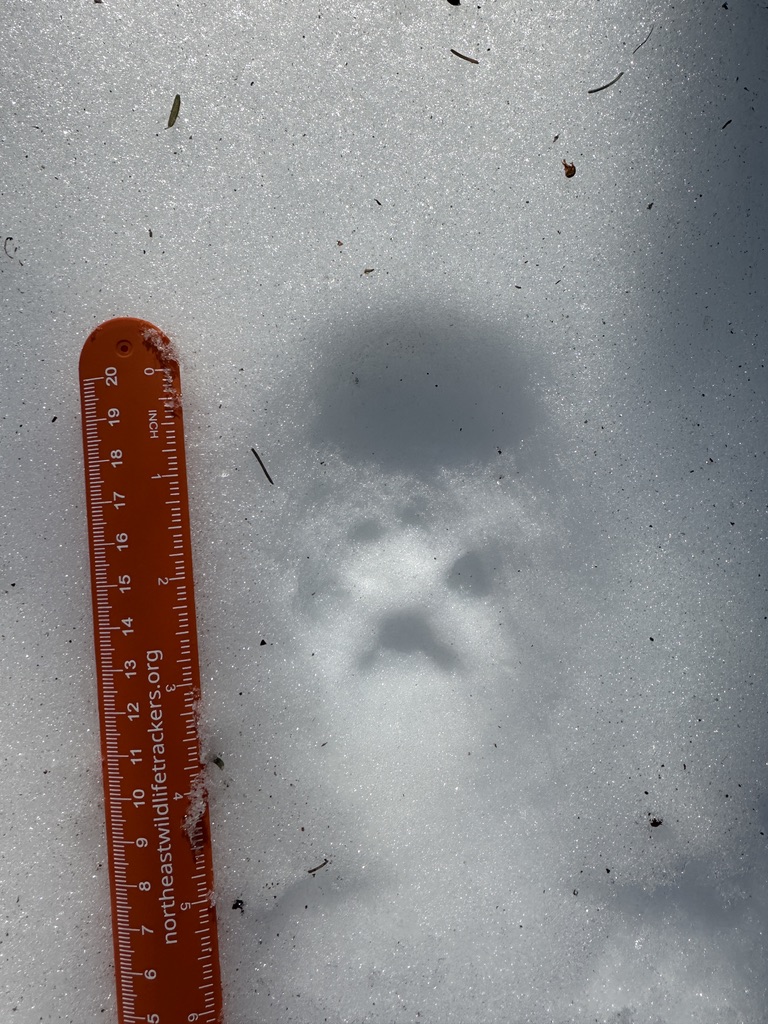
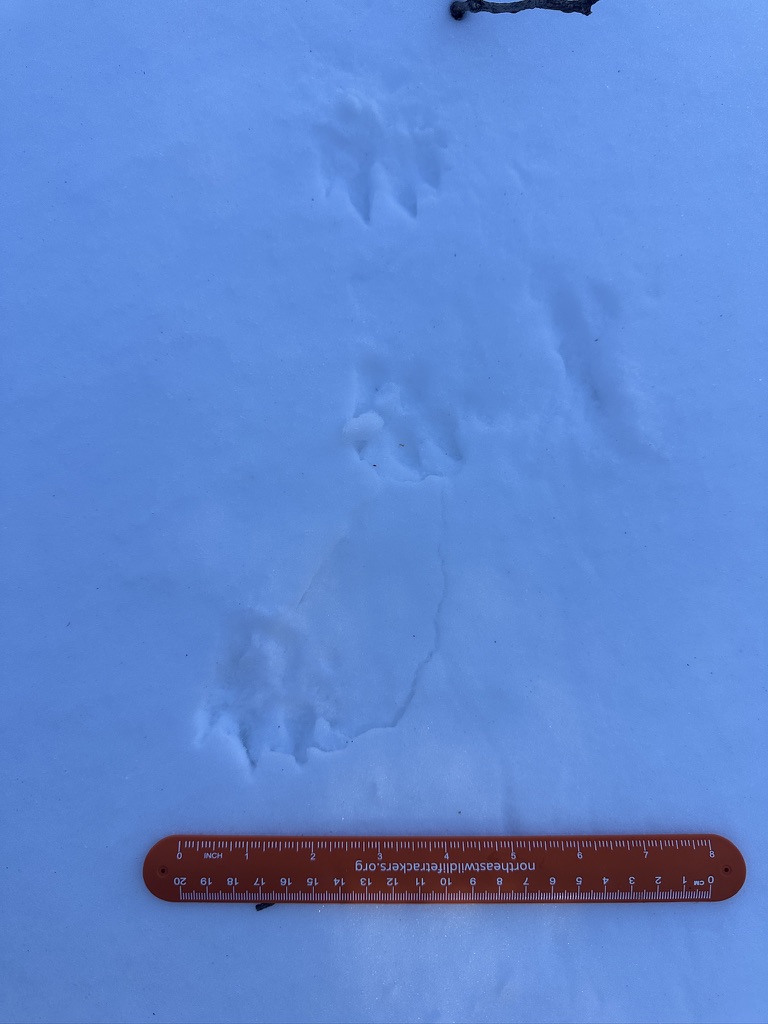
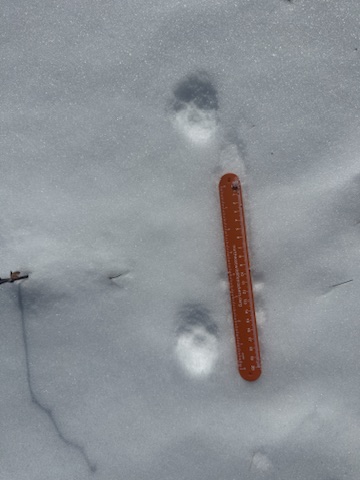
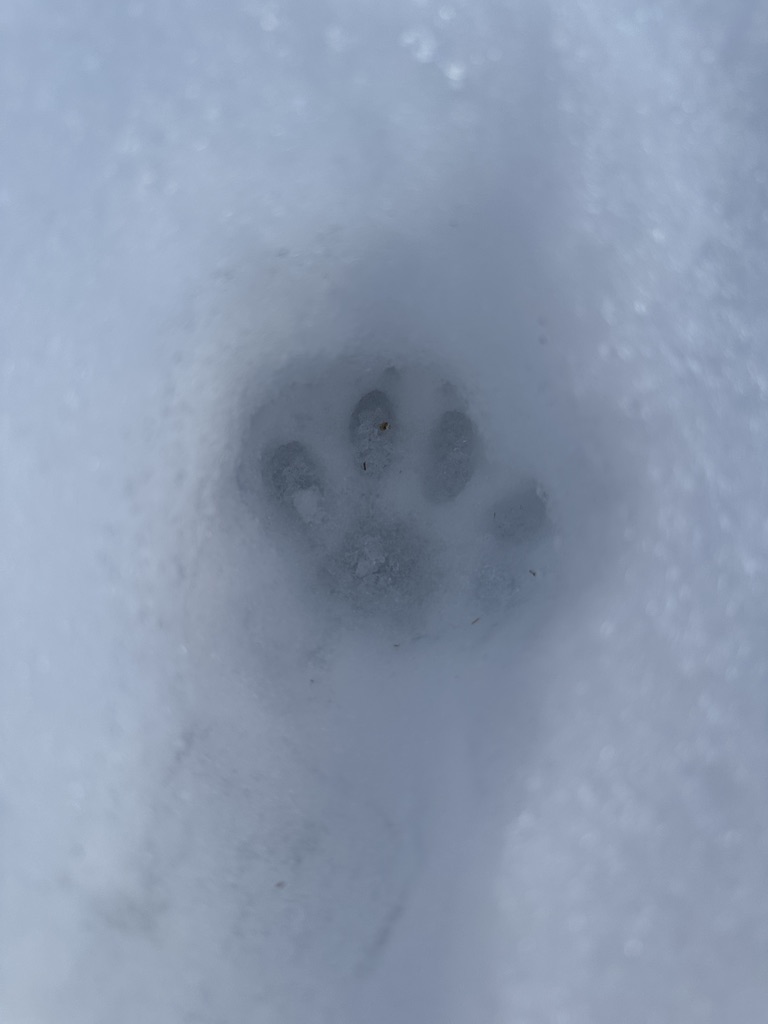
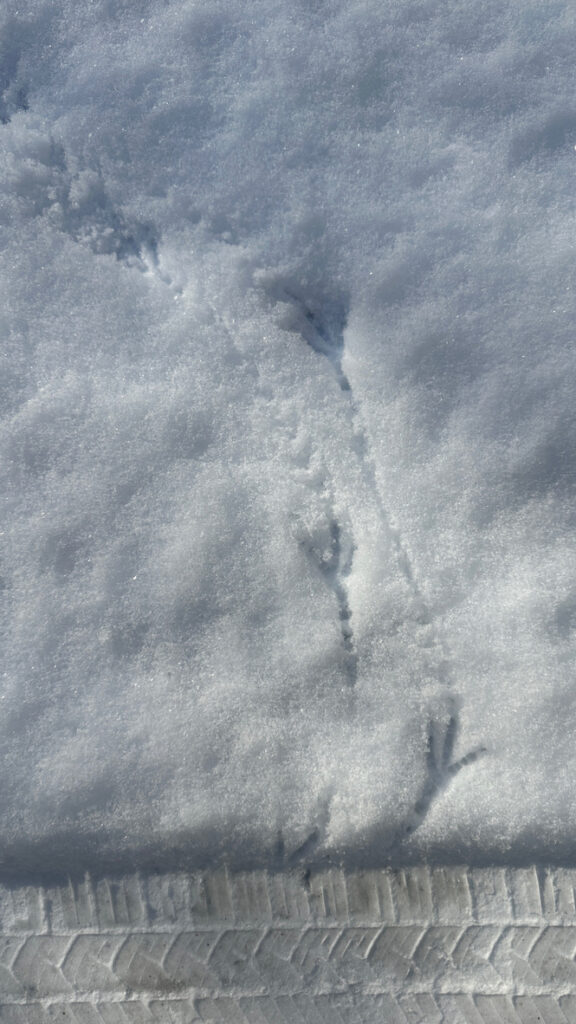
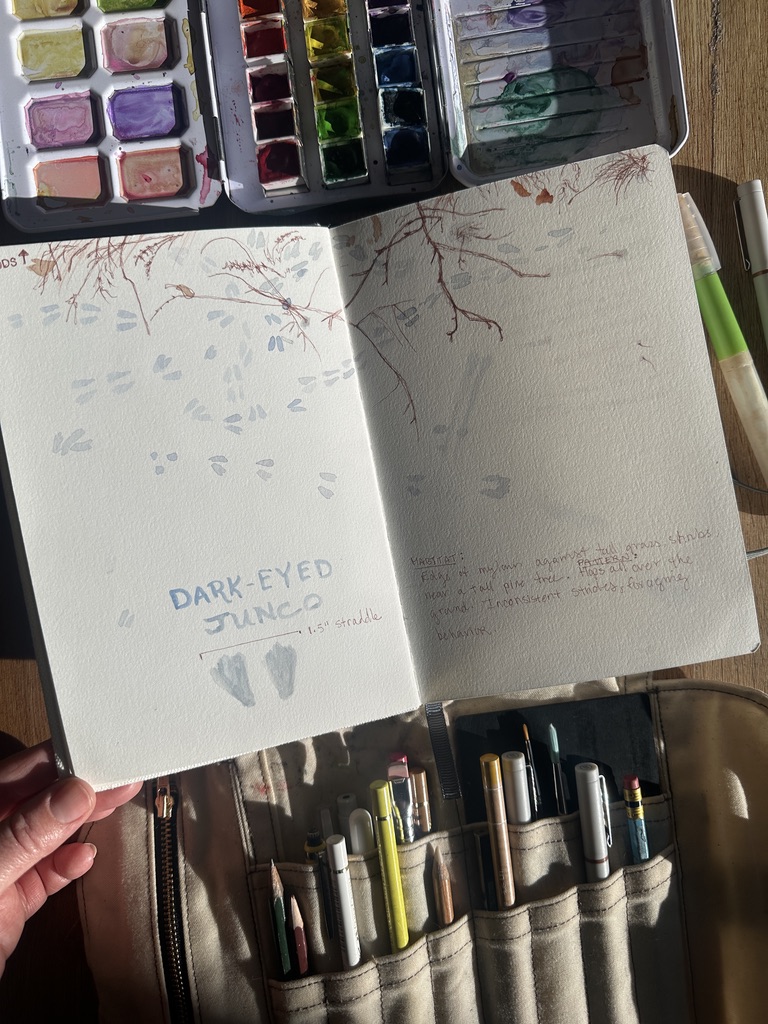
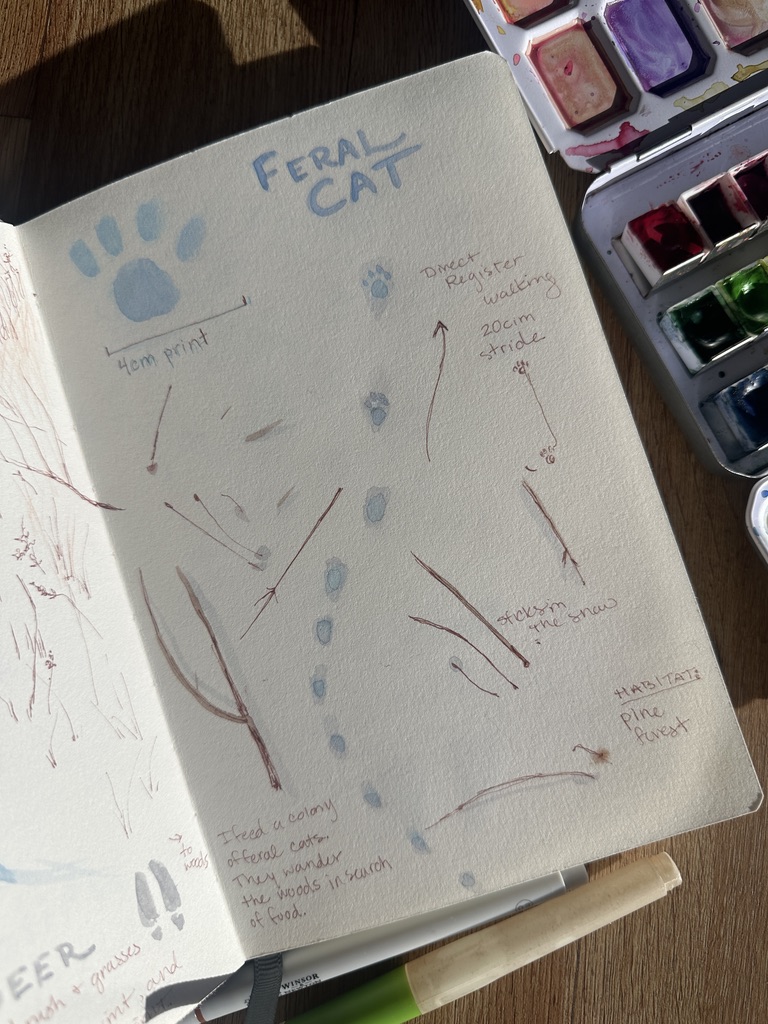
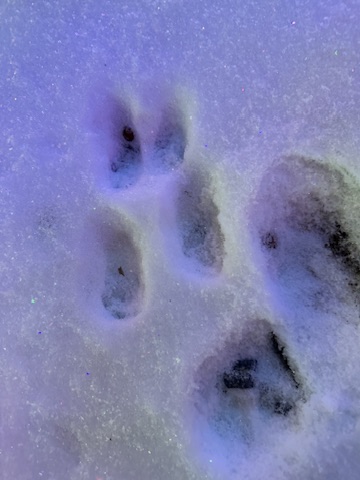
Nature Journaling
After finding the fisher tracks, I nature journaled about them and drew the fisher from taxidermy at the Rachel Carson Wildlife Refuge. I also nature journaled bark, twigs, and will create a tree guide. I posted these images below on instagram, and you can follow along there as well.
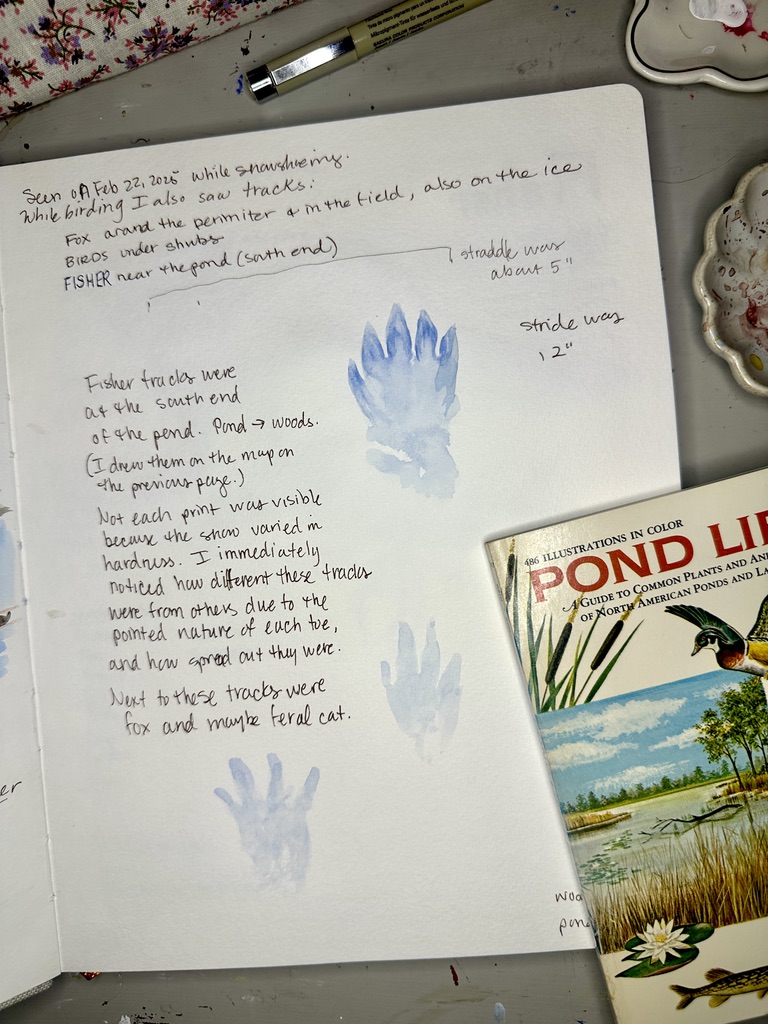
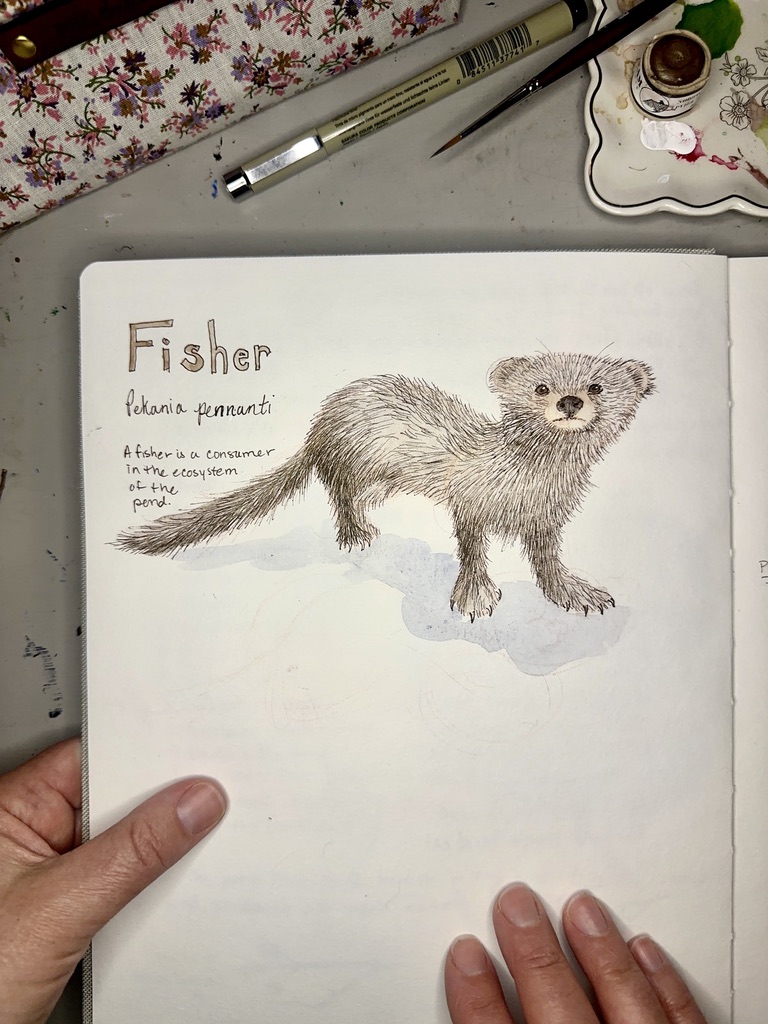
Delimited Site Switch
In January, I mentioned how we had to choose a delimited site, and I had chosen a patch of un-mowed lawn in my backyard. But after some consideration, I changed my site to my parent’s pond. I created a map and snowshoed around it, checking out trees, buds, tracks, and wildlife. I love the resident Northern Mockingbird that never leaves, even in winter, and I picked my Adopted Tree for the year, an apple tree, but I don’t know the species yet. Stay tuned as I try to figure it out.
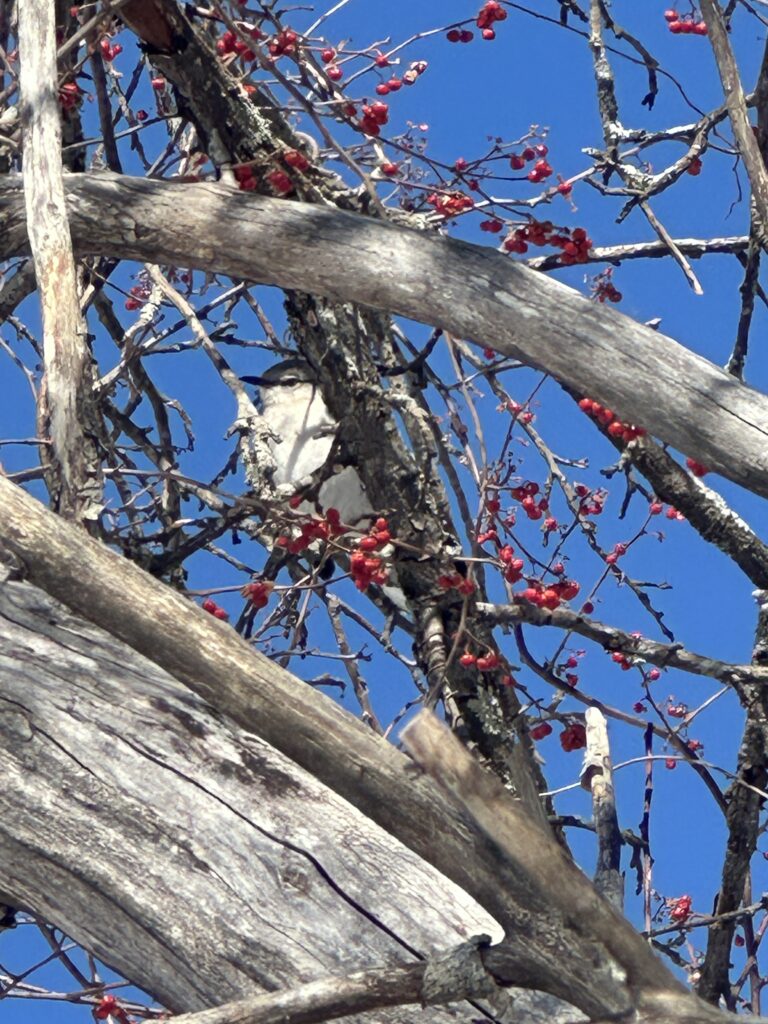
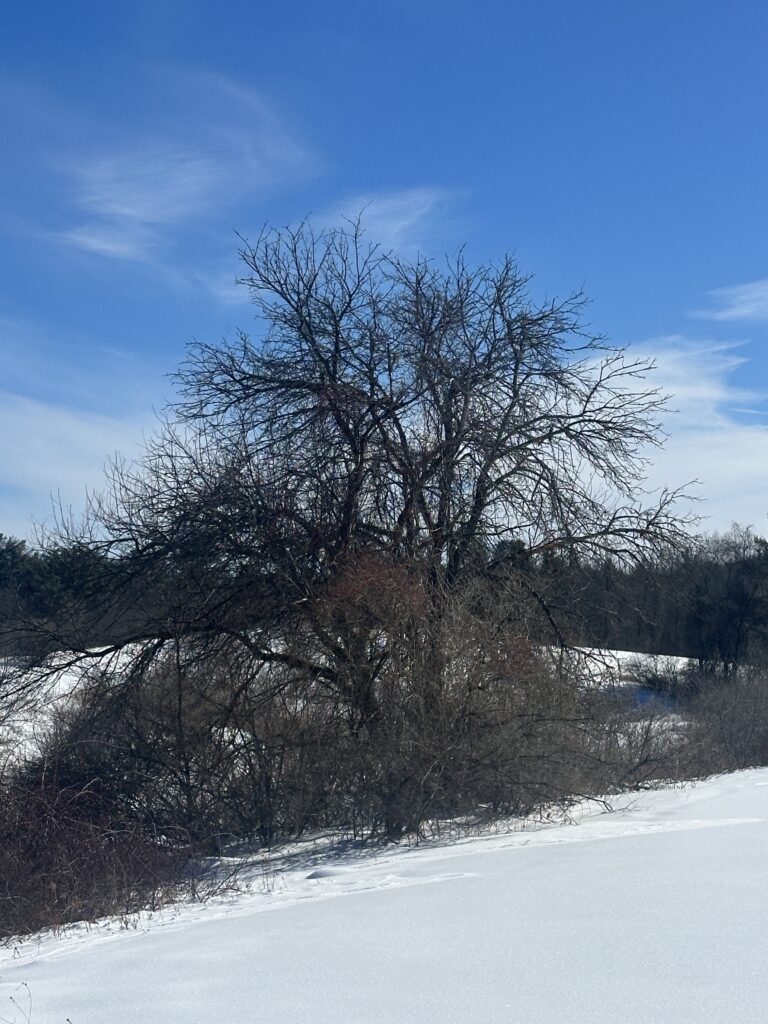
inspiration
Browse my favorite blog posts: inspiration, resources, and updates that I think you'll love.
